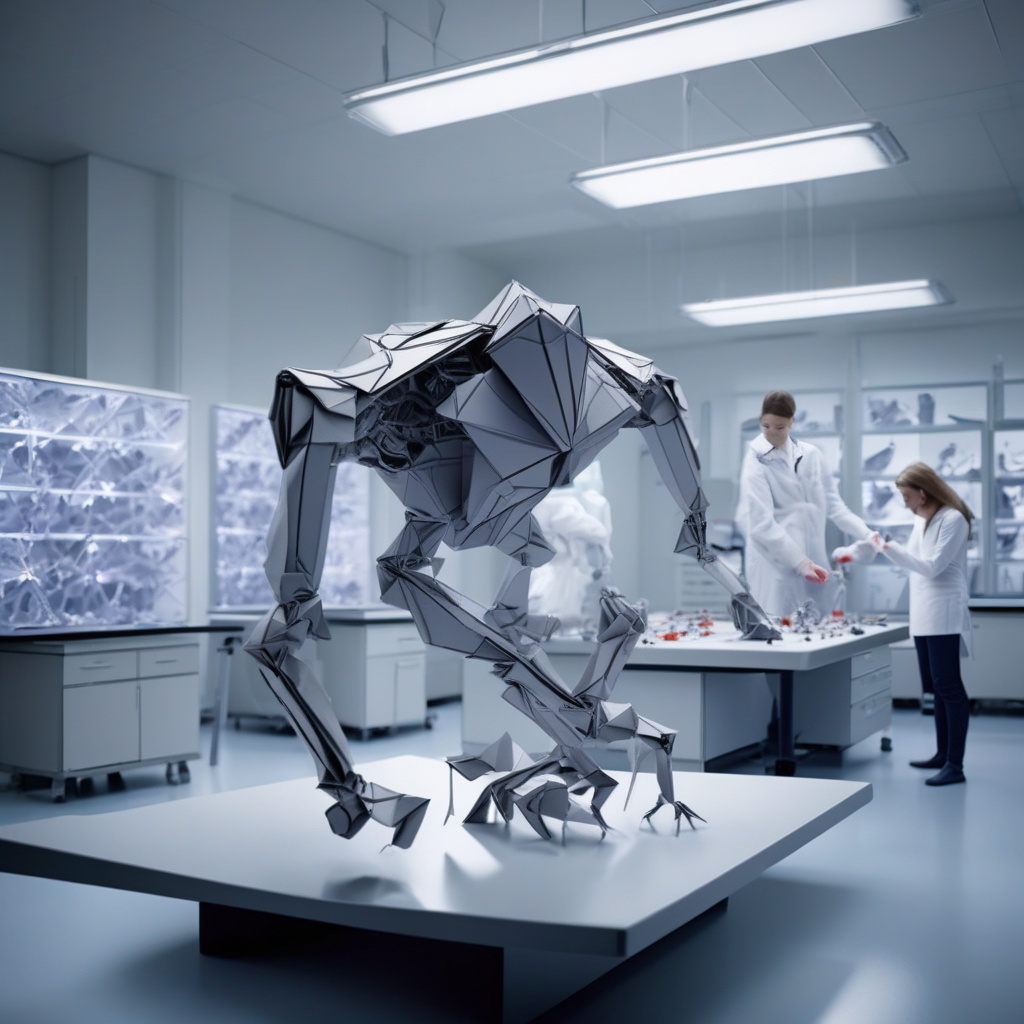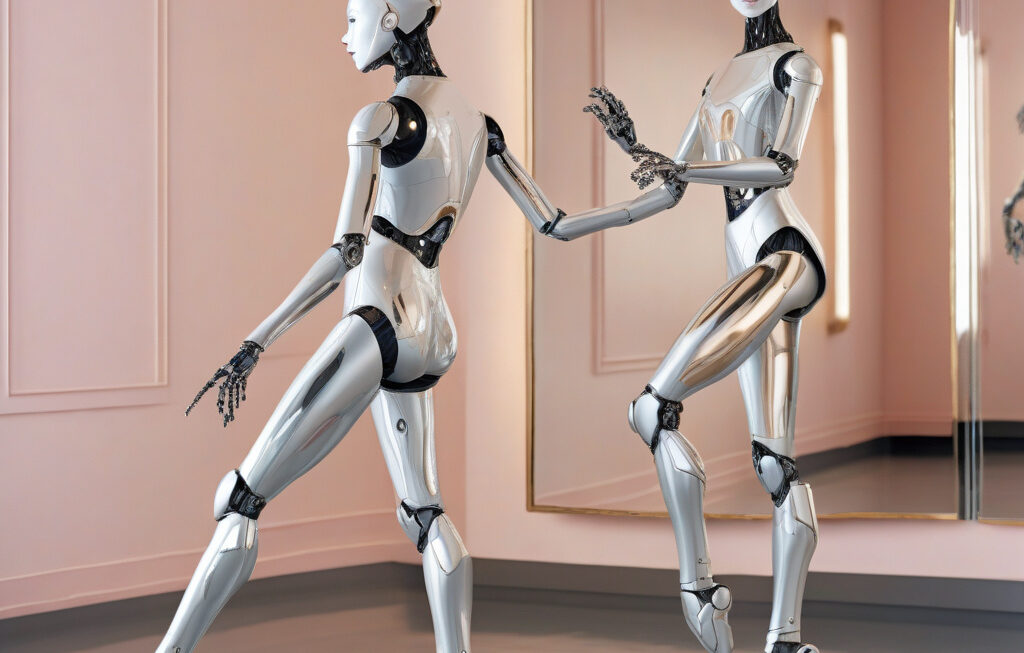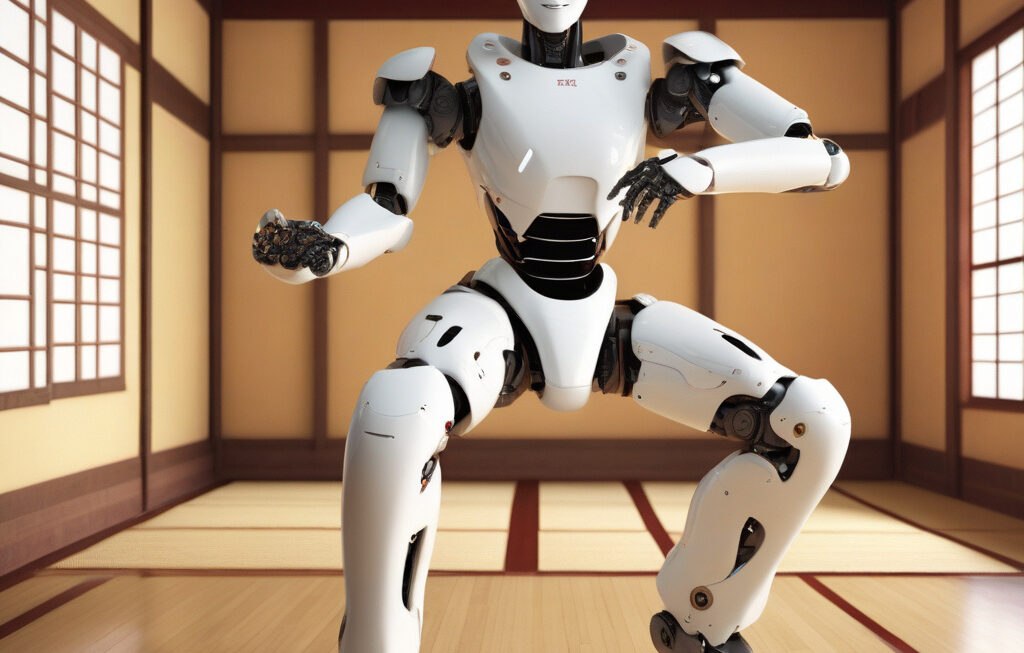Magnetic ‘Muscles’ Turn Origami into Crawling Robots that Move and Heal from Within
Origami isn’t just art anymore. A team of researchers at North Carolina State University has developed a groundbreaking technology that merges the ancient art of paper folding with cutting-edge robotics. These magnetic ‘muscles’ have the potential to revolutionize the field of robotics, enabling origami structures to transform into crawling robots that not only move but also possess the ability to self-heal from within.
The concept of self-healing robots may sound like something out of a science fiction movie, but thanks to the innovative work of these researchers, it is now a reality. By integrating magnetic materials into origami structures, the team has created robots that can perform a wide range of movements, including crawling, rolling, and even jumping. What sets these robots apart is their ability to repair themselves when damaged, much like how living organisms heal from injuries.
The key to this technology lies in the unique properties of the magnetic ‘muscles’ embedded within the origami robots. These materials can be remotely controlled using magnetic fields, allowing for precise manipulation of the robot’s movements. When the robot sustains damage, the magnetic forces can be used to guide the self-healing process, enabling the robot to repair itself without the need for external intervention.
One of the most promising applications of this technology is in the field of medical robotics. Imagine a tiny origami robot that can be swallowed like a pill and navigate through the human body to deliver medication to specific targets. If the robot encounters any obstacles or damage along the way, it can simply heal itself and continue its mission, all while being controlled from outside the body using magnetic fields.
Beyond the realm of medicine, these magnetic origami robots have the potential to revolutionize industries such as search and rescue, environmental monitoring, and infrastructure inspection. Their compact size, agility, and self-healing capabilities make them ideal for tasks that are too dangerous or impractical for humans to perform.
As with any emerging technology, there are still challenges that need to be overcome before magnetic origami robots can become mainstream. Issues such as power supply, control systems, and scalability will need to be addressed to ensure that these robots can perform reliably in real-world conditions. However, the potential benefits of this technology far outweigh the challenges, making it a promising area for future research and development.
In conclusion, the development of magnetic ‘muscles’ that can turn origami into crawling robots with self-healing capabilities represents a significant milestone in the field of robotics. By combining the precision of origami with the flexibility of magnetic materials, researchers have created a new class of robots that have the potential to transform industries and improve our quality of life. The future of robotics is indeed looking more exciting and innovative than ever before.
origami, robotics, self-healing, magnetic technology, innovation












